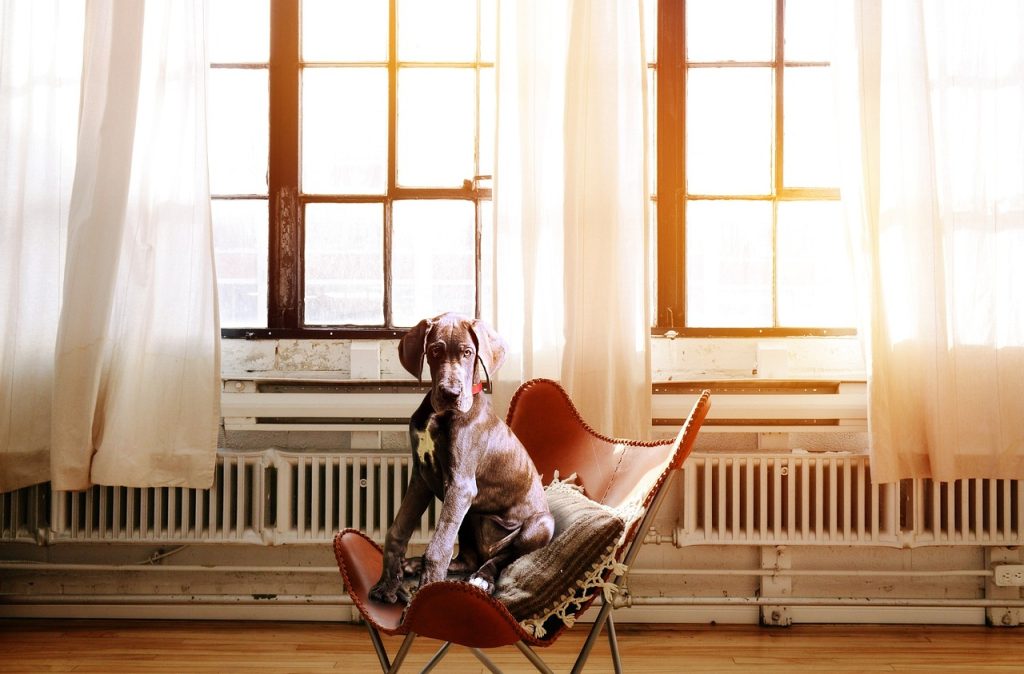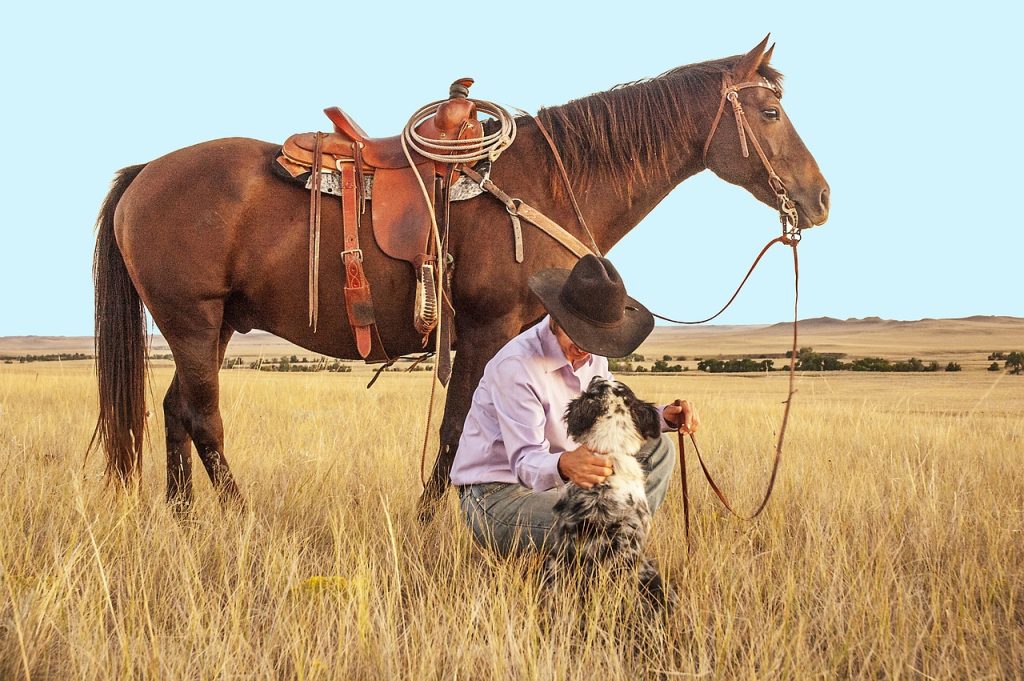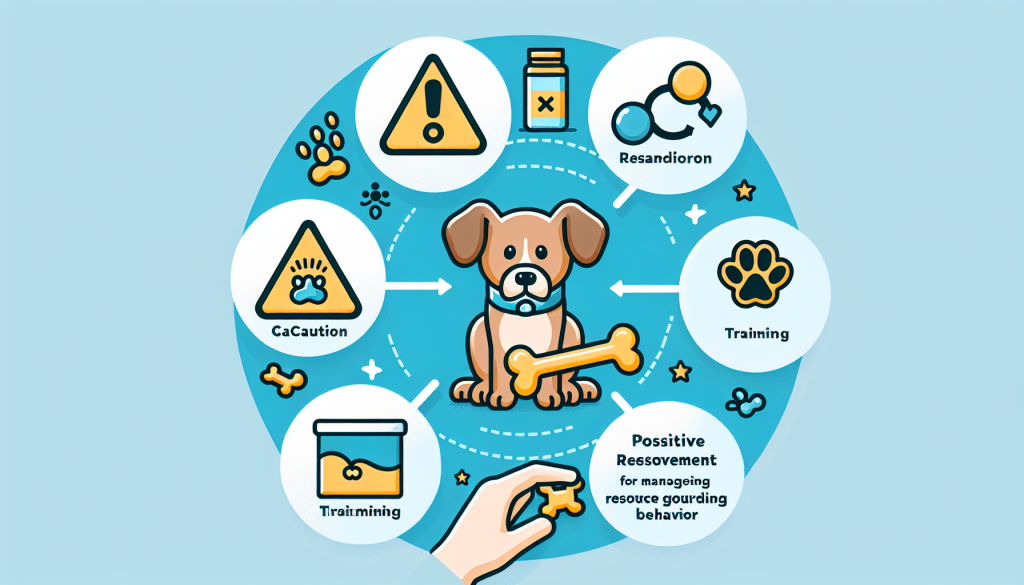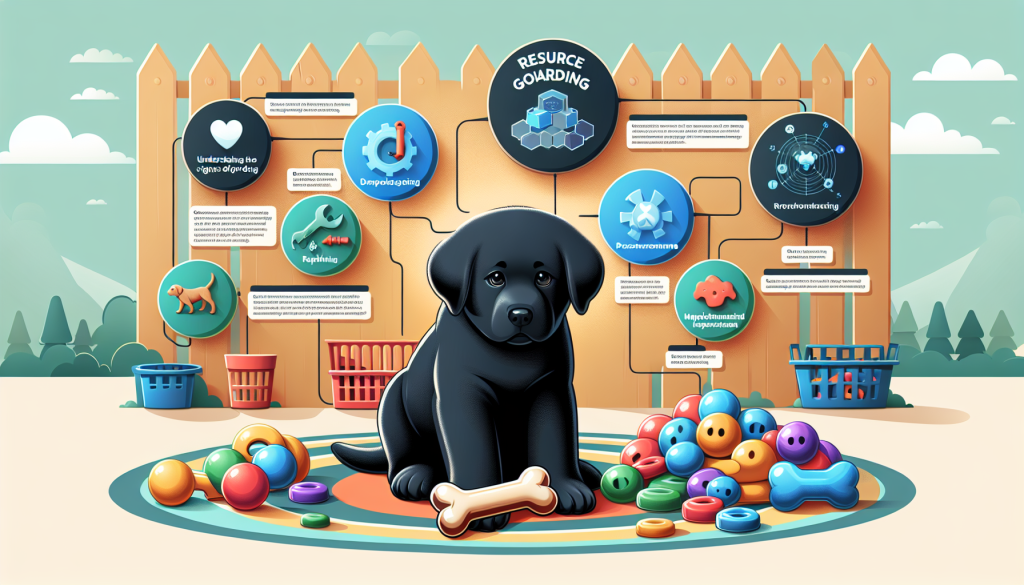Are you struggling with resource guarding behavior in your adorable puppy? Don’t worry, we’ve got you covered! Let’s dive into effective strategies to help you address and manage resource guarding behavior in puppies. From understanding the root causes to implementing positive reinforcement techniques, you will learn valuable tips and tricks to create a harmonious environment for you and your furry friend. So, let’s get started on your journey towards a happy and well-behaved puppy!”
Understanding Resource Guarding Behavior
What is resource guarding?
Resource guarding is a behavior exhibited by puppies and dogs where they display aggression or possessiveness towards certain objects or items they consider valuable. It can range from mild to severe, and is often displayed when a puppy feels threatened or perceives a potential threat to their possessions. These possessions can include food, toys, bones, bedding, or even humans.
Why do puppies display resource guarding behavior?
Puppies may display resource guarding behavior due to a variety of reasons. It is a natural instinct rooted in their survival and self-preservation instincts. They may guard resources to ensure they have access to food, protect what they perceive as valuable possessions, or establish dominance and control. Puppies who have experienced trauma or insecurity in early life may also be more prone to exhibit resource guarding behavior as a coping mechanism.
Types of resources that puppies may guard
Puppies can guard a wide range of resources. Food guarding is one of the most common forms, where a puppy becomes possessive of their meals and may growl, snap, or show aggression when approached. Toy guarding is another form, where a puppy becomes protective of their toys and may show signs of aggression if someone tries to take it away. Other resources that puppies may guard include bones, treats, bedding, water bowls, favorite humans, or even certain areas of the house or yard.
Recognizing Resource Guarding Behavior
Common signs of resource guarding
It is essential for puppy owners to be able to recognize the signs of resource guarding behavior. Some common signs include growling, snapping, stiffening of the body, showing their teeth, freezing in place, and even biting if the puppy feels threatened enough. Puppies may also exhibit subtle signs such as tense body language, lifted lips, dilated pupils, or stiffening of the tail. It is important to closely observe your puppy’s behavior and body language to identify any potential resource guarding behavior.
Why it is important to address resource guarding behavior early
Addressing resource guarding behavior early is crucial for several reasons. First and foremost, it helps ensure the safety of both your puppy and others who may come into contact with them. By addressing the behavior early on, you can prevent it from escalating into more severe forms of aggression. Additionally, early intervention allows you to establish a positive and trusting relationship with your puppy, making training and behavior modification easier in the long run.

This image is property of pixabay.com.
Creating a Positive and Safe Environment
Establishing trust and a positive relationship with your puppy
Building a strong foundation of trust and a positive relationship with your puppy is essential to address resource guarding behavior effectively. Spend quality time with your puppy, engaging in activities they enjoy, such as play time, walks, and training sessions. Use positive reinforcement techniques, such as treats and praise, to reward desired behaviors and create a positive association with you and the environment. Avoid any form of punishment or force, as it can worsen resource guarding behavior.
Providing a secure and comfortable space for your puppy
Ensuring that your puppy has a secure and comfortable space is crucial in preventing and managing resource guarding behavior. Provide them with a designated area where they can relax and feel safe. This can be a crate, a specific room, or a comfortable bed or mat. Make sure they have access to food, water, and toys in this space, eliminating the need for them to guard resources in other areas. Creating a calm and safe environment will help reduce triggers that can lead to resource guarding.
Preventing Resource Guarding
Avoiding situations that trigger resource guarding
Prevention plays a vital role in managing resource guarding behavior. By avoiding situations that trigger your puppy’s guarding instincts, you can prevent escalation and potential aggressive episodes. Identify what specific triggers trigger your puppy’s resource guarding behavior and take steps to avoid or minimize their exposure to those triggers. For example, if your puppy guards their food, consider feeding them in a separate room or using food puzzles to slow down the eating process.
Gradually introducing your puppy to new experiences and people
Socialization is an essential component of preventing and addressing resource guarding behavior. Gradually expose your puppy to new experiences, people, and other animals in a positive and controlled manner. This helps them develop positive associations and reduces the likelihood of guarding behavior towards unfamiliar situations or individuals. Take your time and expose your puppy to different environments, sounds, and experiences, rewarding them for calm and relaxed behavior.

This image is property of pixabay.com.
Utilizing Positive Reinforcement Training Techniques
Reward-based training methods
Positive reinforcement training techniques are highly effective in addressing resource guarding behavior. Use rewards such as treats, praise, and play to encourage your puppy to display desired behaviors. For example, when your puppy relinquishes a toy or bone willingly, reward them with a treat and praise. This helps them associate giving up resources with positive outcomes, reducing their inclination to guard them.
Teaching your puppy basic obedience cues
Teaching your puppy basic obedience cues is an important step in addressing resource guarding behavior. By establishing yourself as a leader and teaching commands such as “leave it,” “drop,” and “give,” you can gain more control over their behavior and encourage them to let go of resources willingly. Consistently practice these cues in low-stress situations and gradually increase the difficulty level.
Desensitization and Counterconditioning
Gradually exposing your puppy to trigger objects
Desensitization involves gradually exposing your puppy to the objects or situations that trigger their resource guarding behavior in a controlled and gradual manner. Start by using less valuable objects and slowly work your way up to the ones they typically guard. Keep the exposure brief and rewarding, and gradually increase the duration and intensity as your puppy becomes more comfortable.
Pairing the presence of trigger objects with positive experiences
Counterconditioning involves changing the emotional response your puppy has towards trigger objects. Pair the presence of these objects with positive experiences, such as treats, praise, or play. For example, if your puppy guards their food bowl, sit nearby while they eat and periodically drop high-value treats into the bowl. This helps them associate the presence of people or other animals with positive outcomes and reduces their guarding behavior.

This image is property of pixabay.com.
Interrupting and Redirecting Guarding Behavior
Using distraction techniques to interrupt guarding behavior
When your puppy displays resource guarding behavior, it is important to intervene and redirect their attention to more appropriate behaviors. Use distraction techniques, such as making a noise or tossing a toy, to divert their focus away from the guarded resource. This creates a window of opportunity to remove the resource safely and reinforce more desirable behaviors.
Guiding your puppy to engage in more appropriate behaviors
Once you have successfully interrupted the guarding behavior, guide your puppy towards engaging in more appropriate behaviors. Encourage them to perform commands they have been trained on, such as “sit” or “down.” Reward them for complying and redirect their focus towards engaging in positive interactions with you or other objects. This helps them realize that giving up resources leads to rewards and positive attention.
Seeking Professional Help
When to consult a professional dog trainer or behaviorist
In some cases, resource guarding behavior may require the intervention of a professional dog trainer or behaviorist. It is advisable to seek professional help if your puppy’s resource guarding behavior is severe, escalates over time, or poses a risk to the safety of yourself or others. A professional trainer or behaviorist can assess your puppy’s behavior, develop a tailored behavior modification plan, and guide you through the process of addressing the resource guarding behavior effectively.
Understanding the benefits of professional guidance
Engaging the services of a professional trainer or behaviorist can provide numerous benefits in addressing resource guarding behavior. They have the knowledge and expertise to accurately assess the behavior, identify triggers, and develop a comprehensive behavior modification plan. They can also provide guidance and support throughout the training process, ensuring that you and your puppy achieve long-lasting results and a safe environment.

Management Strategies
Implementing management techniques to prevent resource guarding incidents
Alongside behavior modification techniques, implementing management strategies can help prevent resource guarding incidents. These strategies involve managing your puppy’s environment to minimize opportunities for resource guarding behavior. For example, keeping valuable resources out of reach when not in use, using baby gates or crates to separate your puppy from certain areas, and supervising interactions with other pets or children can all help minimize the occurrence of resource guarding incidents.
Keeping valuable resources out of reach
One effective way to prevent resource guarding is to keep valuable resources out of reach when not in use. This reduces the opportunity for your puppy to guard them and helps create a more relaxed and non-possessive environment. Store toys, bones, and other valuable items in secure containers or cabinets, and ensure that they are only accessible during supervised interactions or training sessions. This way, your puppy learns that their resources are provided and controlled by you, reducing the need for guarding.
Consistency and Patience
Understanding that addressing resource guarding takes time
Addressing resource guarding behavior takes time and patience. It is important to remember that behavior change does not happen overnight. Remain consistent in your approach, including training techniques, management strategies, and behavior modification plans. Repeatedly reinforce desired behaviors and gradually increase expectations as your puppy progresses. Consistency and patience are key in addressing resource guarding behavior effectively.
Remaining consistent in your approach
Consistency is crucial when addressing resource guarding behavior. Dogs thrive on routine and predictability, and inconsistency can lead to confusion and setbacks in training. Establish clear rules and boundaries for your puppy, and be consistent in enforcing them. Ensure that all family members and caregivers are on the same page and follow the same training techniques. Consistency creates a structured and secure environment that helps mitigate resource guarding behavior.
By understanding resource guarding behavior, recognizing its signs, and implementing positive and effective training techniques, you can successfully address resource guarding behavior in your puppy. Remember to seek professional help if needed and be patient as you work towards creating a safe and harmonious environment for both you and your furry companion. With time, consistency, and patience, you can help your puppy overcome resource guarding and develop healthier and happier behaviors for a lifetime.
